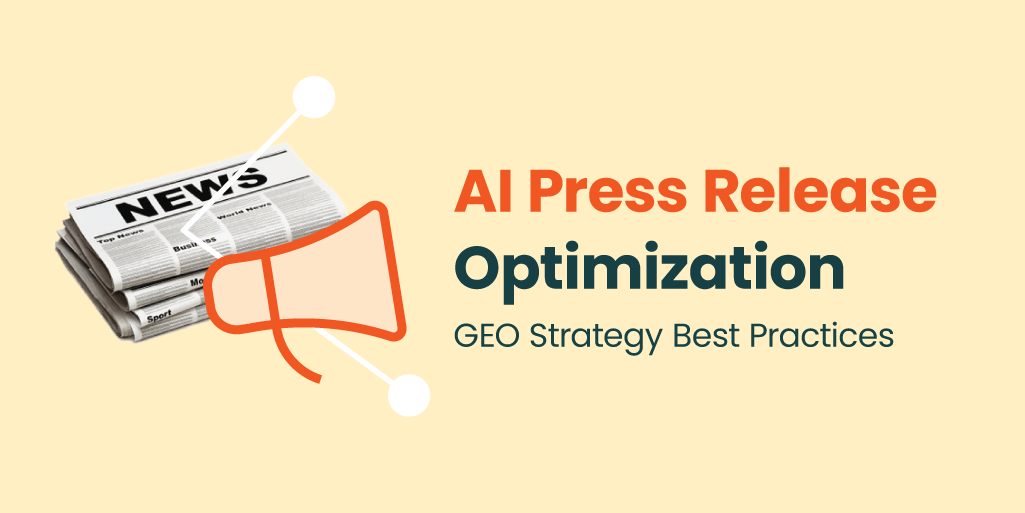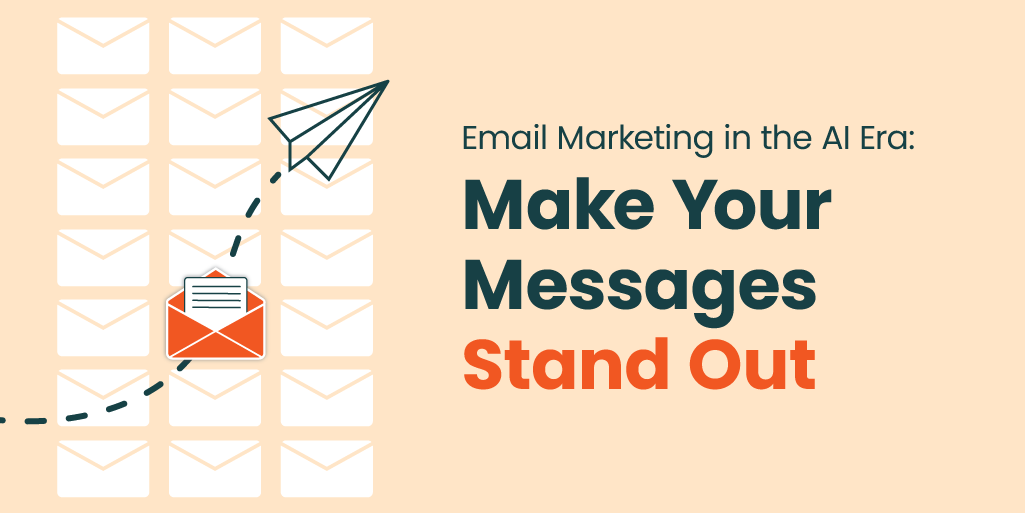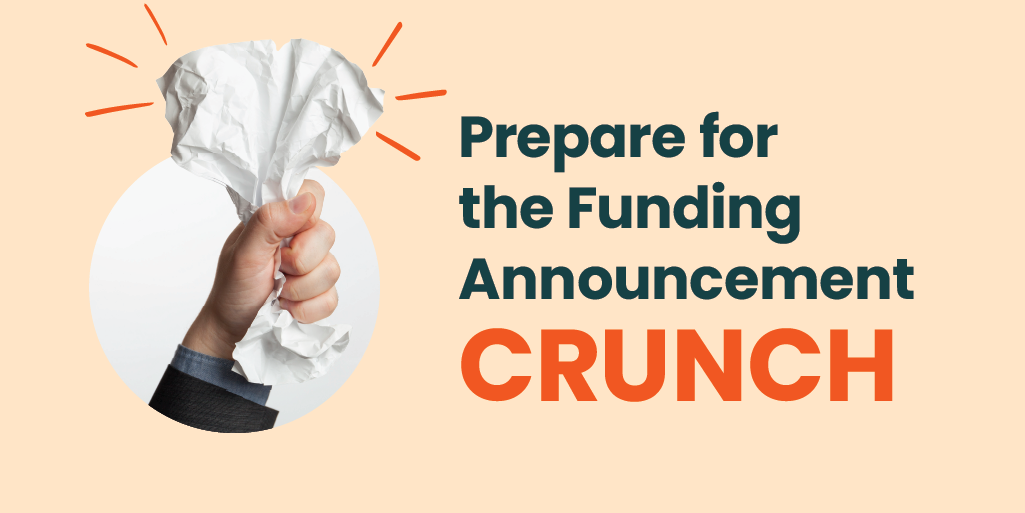Every few years, someone proclaims that the press release is dead (and then goes on to argue that it isn’t actually dead, it’s just evolving…) Well, it’s that time again folks. This time around, we’re looking at how press releases are changing in the light of the growing importance of AI search.
What role do press releases play in AI search?
Generative AI is playing an increasingly important role in buyer awareness and decision-making. Nearly 90% of B2B buyers have integrated generative AI tools into their purchasing processes, powering research, evaluation, and even the decision-making itself.
The extent to which PR influences a brand’s visibility in AI search is still being understood; but it is generally accepted that if a brand is frequently associated with key topics on a wide variety of authoritative websites, it is more likely to be cited in relevant AI search results.
This raises the question of whether press releases themselves (as distinct from media coverage) influence AI search results and whether they should be optimized for generative engines—a practice known as Generative Engine Optimization, or GEO.
Firebrand has always believed that the primary purpose of press releases is to inform media rather than buyers, and should be written with the needs of the media in mind. Search engines suppress wire services in search results, reducing their impact on traditional SEO. The LLMs of course don’t reveal how they select sources to cite. However, our tests have shown that LLMs do cite public press releases for certain queries, such as those related to recent developments or specific products, and we believe they have a role to play in a brand’s wider GEO strategy.
How are GEO press releases different from traditional press releases?
Best practice in this area is still emerging so the guidelines below represent the latest working theories. We will be updating them as new industry best practices emerge. The good news is that many of the principles align with traditional SEO practices as well as common-sense writing. In short, a press release that is easy for a reporter to understand is also easy for an LLM to understand!
General guidelines for AI press release optimization
- Follow EEAT (Experience, Expertise, Authoritativeness, Trustworthiness): Just like in SEO, content should be written for humans, not just machines — ensuring it’s helpful, readable, and demonstrates deep expertise. Focus on facts, not marketing hype.
- Be Audience-Focused: Write with specific outlets (and, by extension, personas) in mind.
- Avoid Keyword Stuffing: GEO emphasizes natural language and readability; overly optimized content can hurt performance in AI-generated results, so use keywords more judiciously.
- Use Semantic Associations: Consistently associating your brand with a set of related keywords or themes can train models to recognize your domain authority on a topic. This extends beyond the press release – brands who want to be known for a certain topic need to ensure their content and their spokespeople are associated with that topic in multiple channels.
- Answer Common Questions: Proactively answer FAQs related to your products, services, or industry to increase your chances of being cited in AI responses.
- Publish Across Channels and Formats: Where the press release is published may matter more for AI search than how it is written.
GEO Press Release Tips
Structure
- Descriptive headline and subdeck.
- Bullet-pointed summary below subdeck, above dateline.
- Front-load key information in the first paragraph.
- Structure for scannability and snippet potential. Use descriptive subheadings and bullet points. One idea per paragraph.
- Include tables or comparison charts. Add images or video with descriptive file names and alt text.
- Boilerplates should include the most important keywords and topics so LLMs detect the word associations.
Distribution
- Publish in multiple places: for example, as well as newswire distribution, publish in your newsroom or blog and create a post on LinkedIn with the same keywords and topics, sharing the full release or blog post.
- Consider additional formats, e.g. audio, video for major announcements.
- Create companion/derivative content: for example, for a product announcement, the release will be part of a holistic content strategy which may include a detailed FAQ, blog posts for different verticals, reports, etc.
How to get started
If you are ready to incorporate GEO best practices into your press releases, you’ll need to start by creating your keyword list. You may already have one as part of a SEO or GEO strategy. If not, you can use tools like SEMrush to help or your marketing agency can help.
We’ve also created a simple template for GEO press releases to get you started.
For more information on GEO in general, check out our resources:
About the Author
Lucy Allen is a Principal at Firebrand, where she brings over 20 years of experience in technology PR, marketing and agency leadership. At Firebrand, she oversees the PR and content practices, leading integrated programs that help tech companies build their profile, pipeline and value. In addition to her client-facing work, Lucy plays a key role in developing Firebrand’s team and services, ensuring the agency continues to evolve and embrace new best practices. She is passionate about building high-performing teams, developing programs with strategic rigor, and helping clients craft compelling narratives that drive growth and differentiation.
Before joining Firebrand, Lucy held senior leadership roles at some of the world’s top communications firms. She served as U.S. Tech Practice Chair and Bay Area General Manager at Edelman, where she led communications strategy for major enterprise and emerging technology brands. Prior to that, she was Chief Strategy Officer at LEWIS, helping grow the U.S. business from the ground up over the course of more than a decade. Lucy’s deep expertise spans brand positioning, executive visibility, thought leadership, and campaign development, with a focus on delivering measurable impact. She is based in San Francisco.
Follow Lucy onLinkedIn, or read her insights onFirebrand's B2B tech marketing blog.




